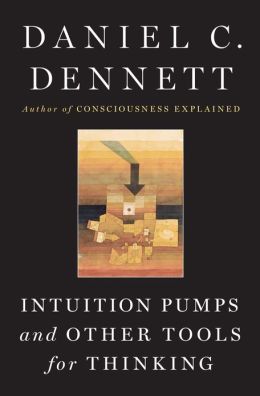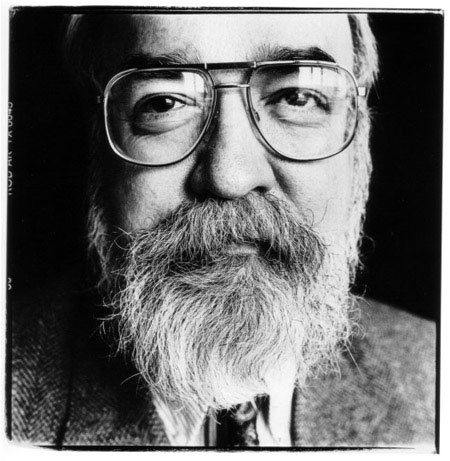50 people were invited to take the poll, and 6 participated within 4 hours for a 12% early response rate. More responses continue to trickle in and I am grateful for all who have or will yet engage. I wanted to get some comments out sooner rather than later. The poll is still open and available here (although, if you are reading this post, your subsequent participation in the poll might be OBE* since you are about to learn the school solution!).
The question
I presented four (of 4! = 24 possible) permutations of four related words in the order shown below
- alive < conscious < sentient < awake
- alive < awake < conscious < sentient
- conscious < awake < sentient < alive
- conscious < sentient < awake < alive
The premise
Here is how I set the stage: "Words draw meaning from social constructs. I would like to know your opinion about the relative significance of these related words. Please vote!"
Actual results (in rank order)
- alive < awake < conscious < sentient 3 votes
- alive < conscious < sentient < awake 2 votes
- conscious < awake < sentient < alive 1 vote
- conscious < sentient < awake < alive 0 votes
2 (33%) indicate that Awakeness is of the highest significance
1 (18%) indicate that Aliveness is of the highest significance
Why only 4 permutations? And why these particular 4?
I am interested in the functional definitions people have of the words Alive and Awake in the context of human existence. I added other related words to make the question less obvious and thus remove bias from the answers. I did not want to list all 24 possible permutations, because such an intimidatingly long list would surely reduce participation. I thought that I could learn something interesting from just 4 sequence choices.
I picked two permutations where "Alive" was the least significant, and 2 where "Alive" was the most significant. "Awake" bounced around in positions 2, 3, and 4. Placements of conscious and sentient were random even though I do also have a theory about the relative significance of those terms as well.
Many people think that there exists a sliding scale for Alive that ranges from barely alive to fully alive. I can agree with that. The mixed results indicate a wide range of valid interpretations for the term. As one respondent eloquently stated in comments:
"Perceiving "alive" as a physical state, for me, puts it at the beginning. But feeling the spiritual state of "alive" puts it at the other end."
Most people think that Awake is binary: one is either asleep or awake. I believe that is the prevalent view. The fact that 67% of voters did not choose Awakeness as the highest significance bears that out. My own contextual understanding may be a bit different from the majority.
Being a devotee of Mark Nepo, I have come to understand "awake" on a sliding scale, too, just like "alive." In Nepo's world, to be awake is much more than merely to be not asleep. To awaken is to become fully aware and fully present. Nepo's The Book of Awakening is about having the life you want by being present to the life you have. Just as there are degrees of aliveness, there are degrees of awakeness. I suppose there are degrees of sentience and consciousness, too.
Of course, Nepo did not invent the concept of Awakening. He popularized an existing notion rooted in ancient wisdom traditions. By accepting Nepo's sense of Awakening, I tend to think of aliveness being exhibited in the physical world, whereas Awakeness is manifest in a metaphysical or spiritiual domain. Awake and awakening are magical, mystical terms for me.
It's hard to say for sure from such a small convenience sample that we have learned anything definitive. However I feel safe in pointing out that words like Alive and Awake mean different things to different people.
Where do we go from here?
Before we can talk about these concepts in further posts, we need to develop a shared understanding of the key terms. The resulting functional definitions of the four original words are shown below. I added "sapient" after I constructed the poll, since sentient and sapient sound so similar, and well, because homo sapiens. Once we are using the same functional definitions for terms pertaining to human existence, we can begin exploring other questions. So please take a moment, read the definitions, and see whether you agree. If not, please let me know.
Functional definitions
- alive: having a heartbeat and emitting brainwaves, i.e., neither dead nor unfeeling. In human existence, there are degrees of aliveness ranging from barely to fully alive. Aliveness is manifest in the physical world, in the body.
- conscious: aware of one's surroundings; responsive, i.e., neither asleep nor comatose. In human existence, there are degrees of consciousness ranging from barely to fully conscious. Consciousness is manifest in the physical and mental world, in the body and all the sensory organs, especially in the brain.
- sentient: alert; having the power of perception by the senses; aware of one's place in the Universe, i.e., neither lost nor confused. In human existence, there are degrees of sentience ranging from barely to fully sentient. Sentience is manifest in the physical, material, and cosmic domains, and as a construct in the brain of the observer. Sentience requires an awareness of self that is not required in previous states, i.e., one may be conscious yet not self-aware.
- sapient: having or showing great wisdom or sound judgment; i.e., neither ignorant nor incompetent. the actions of the hands align with the plans of the head and the values of the heart. Sapience manifests in the social world. Sapience is in the eye of the beholder. External observation validates one's degree of sapience.
- awake: a fully functioning body, mind, and spirit; clear; at One with the Universe, i.e., neither conflicted nor distracted. In human existence, there are degrees of awakeness ranging from barely to fully awake. Awakeness is manifest in the metaphysical world, when hands, heads, and hearts align in harmony.
Once we have a common, agreed-upon vocabulary, then we can really have some fun with these ideas! Watch this space for more posts on this theme. And as always, thanks for reading, sharing, and commenting.
*OBE is Overcome By Events









